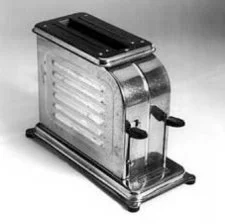How is LBRY different from a toaster?¶
Toasters transfer heat via radiative EM waves in the infrared spectrum to brown bread and make people happy.
LBRY transfers data via EM waves in the infrared spectrum* to deliver content and make people happy.
LBRY is also brave and little. So we’re basically, fundamentally the same as a toaster.
*Assumes fiber-optic transmission.
There happen to be a lot of technological advancements that have happened to toasters. These scientific feats apply to LBRY, as well.
Multithreading¶
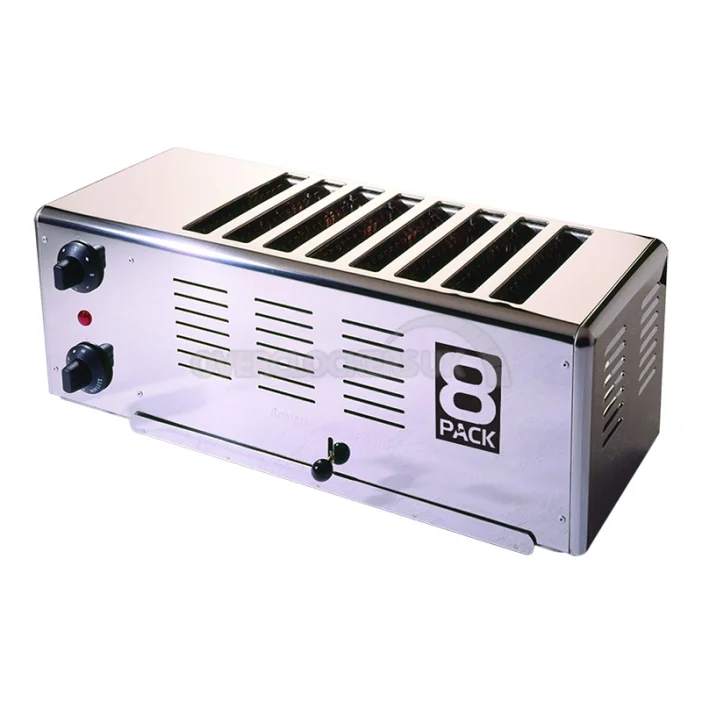
Now that’s a lot of threads!¶
Properly-applied multithreading has allowed the distribution of workloads in LBRY, freeing up time that could have been spent waiting for required actions.
Multi-role, multi-function¶
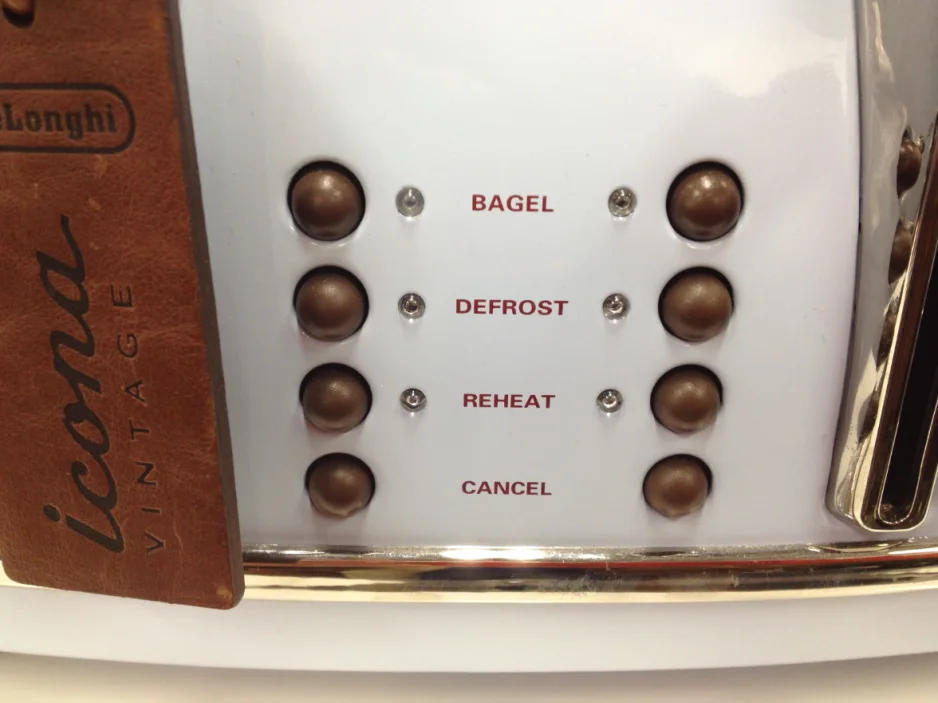
So many options, it’s overwhelming.¶
LBRY can service many forms of data, such as videos, pictures, and sourdough.
Network optimization¶
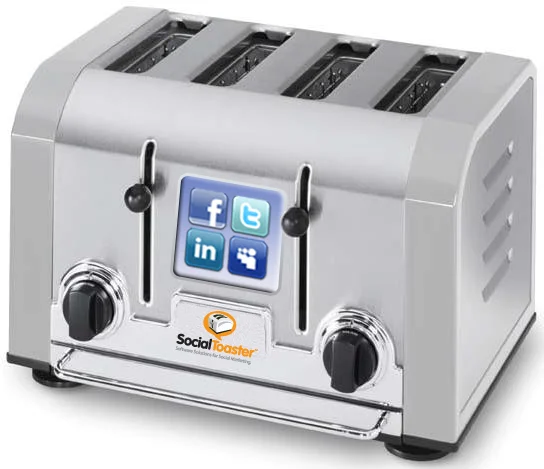
A solid 56KiB/s.¶
In this day and age of cool acronyms (such as IEEE 802.11ax) and now-common internet integration into devices, LBRY too has joined the crowd. TLNI (Toaster-Level Network Integration) technology has been fused with LBRY, permitting speeds at least as fast as your dial-up modem.
Open-source¶
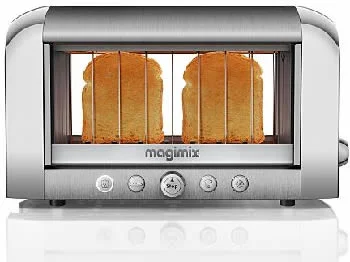
GNU-approved.¶
Proprietary toasters may try to limit what you can put in them and your ability to look into the toaster’s operation. LBRY is a different kind of toaster. Its full source code is available online at its GitHub repos.
